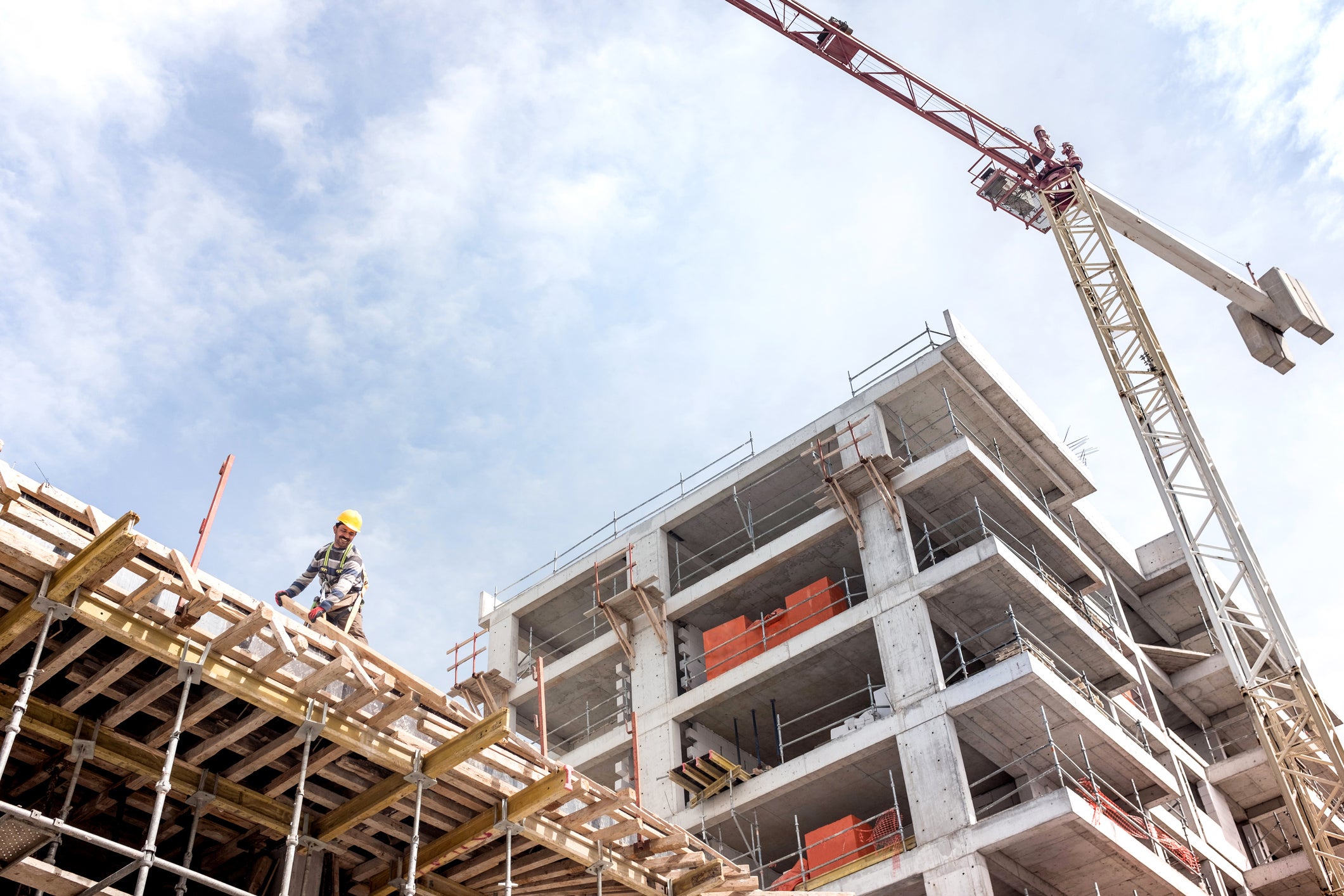What exactly are the government’s controversial planning reforms?
Policy Correspondent Jon Stone looks at the details of the goverment’s proposals


A backlash against the government’s planning reforms has been blamed for a shock Conservative defeat at the Chesham and Amersham by-election.
Ministers claim the changes are necessary to build more homes, but critics say they’ll make no difference or make it harder to object to bad developments.
The reforms, suggested in a government white paper called Planning For the Future, are complicated and there are a number of different facets to them. They are yet to be turned into formal legislation.
Perhaps the main plank of the new planning system would be a type of “zoning”. Under this approach, all land would either be classified by councils as “protected”, “renewal”, or “growth”.
Protected areas would generally be under the same planning laws as now. These would include areas of outstanding natural beauty, places at risk of flooding, and the green belt.
But controls would be loosened in renewal areas. Here, permission to build would be granted in principle, although with some oversight from the local community on design and local impact.
It is growth areas that are the most controversial: in these zones, developments would effectively be able to proceed without planning permission as long as they are in line with the pre-agreed local plan.
This zonal approach removes a lot of responsibility for planning from councils, whose job would mostly be to do the zoning in the regular local plan. There would be a lot less democratic oversight of individual developments than currently, and developers would get a free hand in large parts of the country.
There are other proposals in the planning reforms, too. The government wants to abolish Section 106 contributions under which councils negotiate with developers to build amenities like roads, schools, and paths as a condition of the development going ahead.
Instead, ministers say this would be replaced by a fixed-rate “community infrastructure levy” that would tax a proportion of the development over a certain threshold.
Every area would also have to have a local housing plan, up from the current 50 per cent, and they would have to be developed and agreed within 30 months. The current requirement is seven years.
There would also be a new design code for buildings and developments, though details of this are yet to be finalised.
The government says the changes will make it easier to build houses, of which there is currently a shortage. Labour says the planning system is not the bottleneck the government makes out, and points out that in the last decade a million homes have got planning permission but not being built. They say the fault lies with developers and that the Tories are in their pockets.
But many Tory backbenchers do not like the idea of the reforms either, as many of their constituents are simply opposed to housebuilding in their own areas.
Join our commenting forum
Join thought-provoking conversations, follow other Independent readers and see their replies
Comments